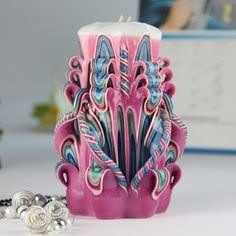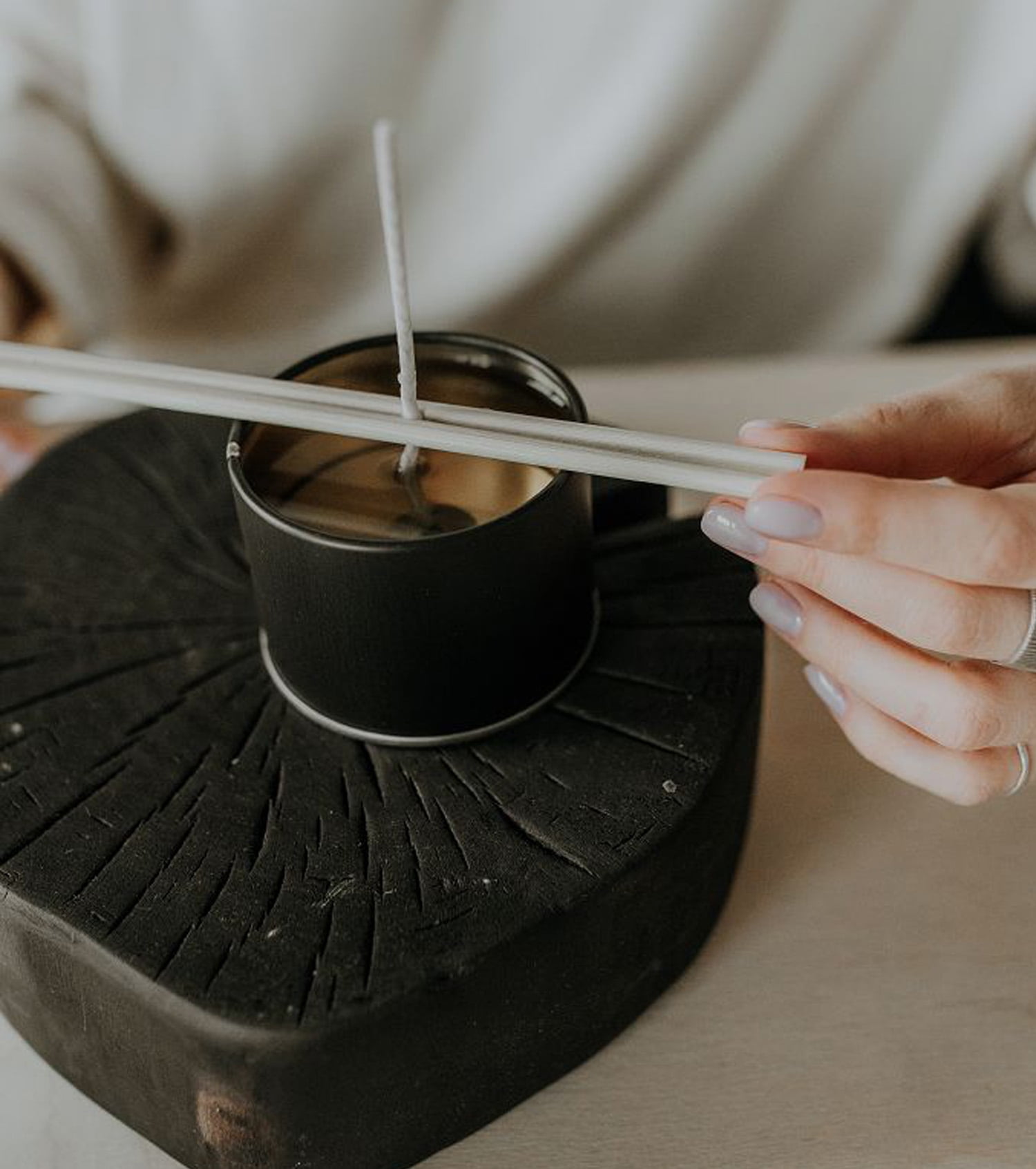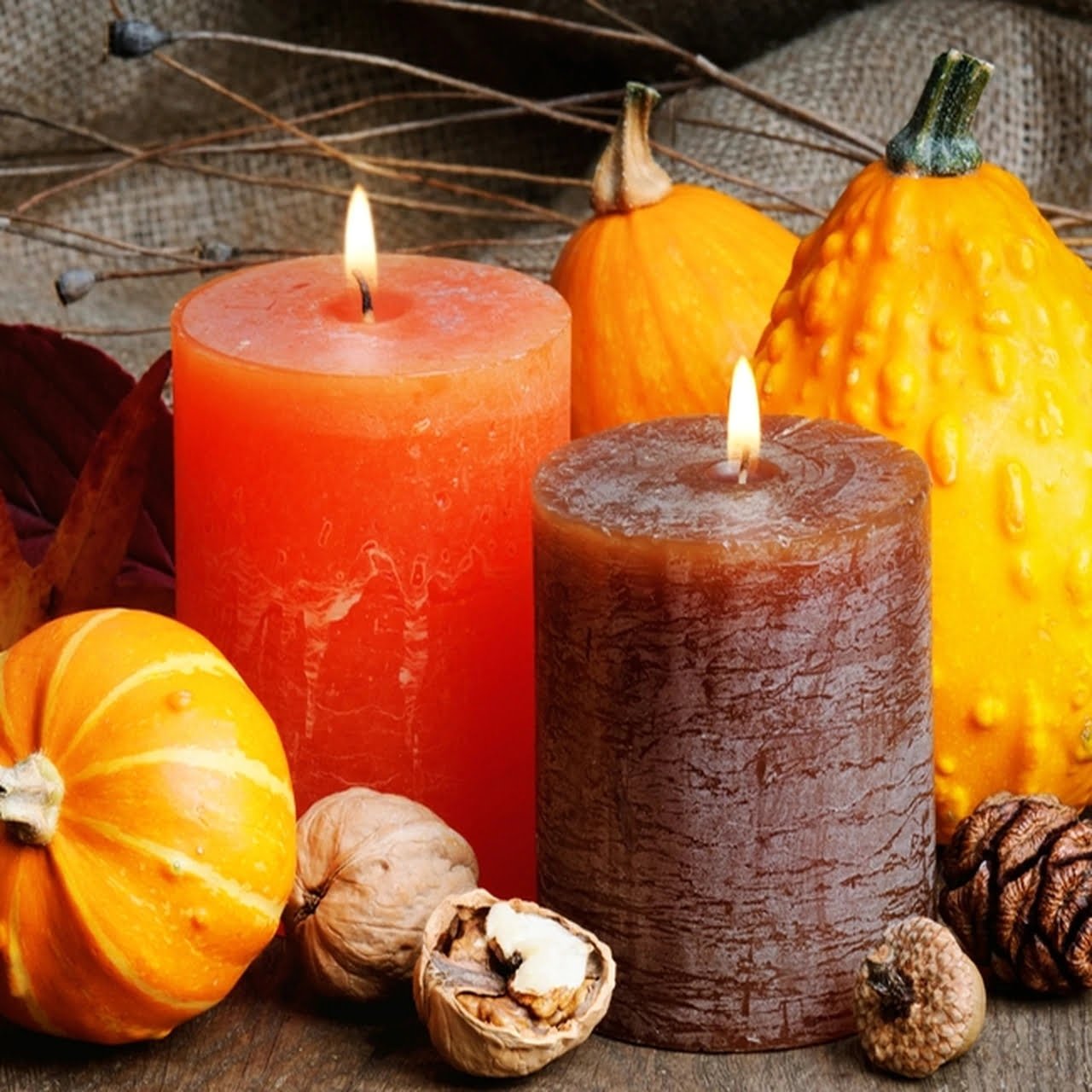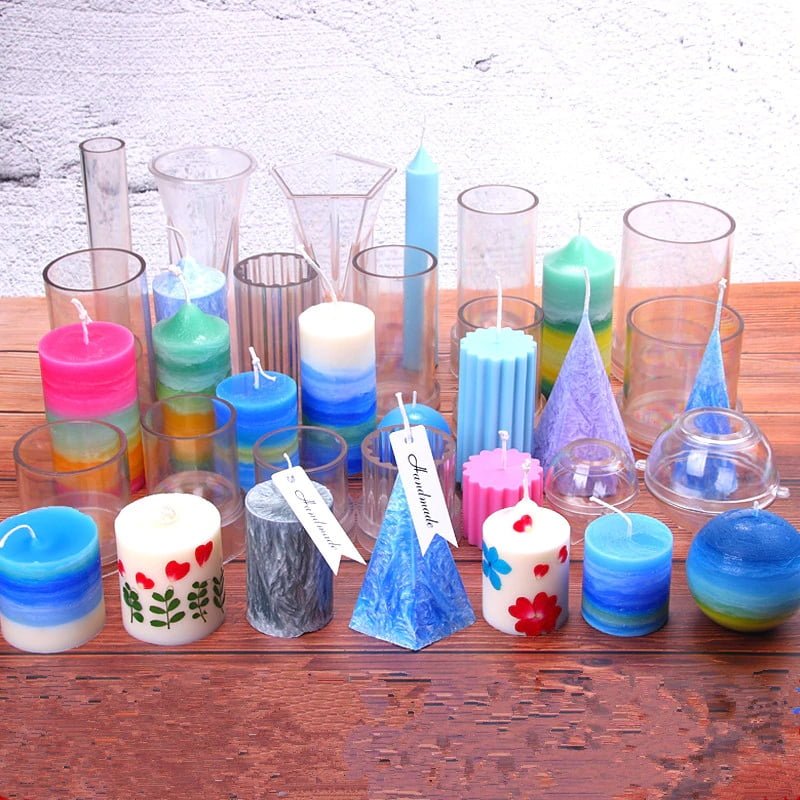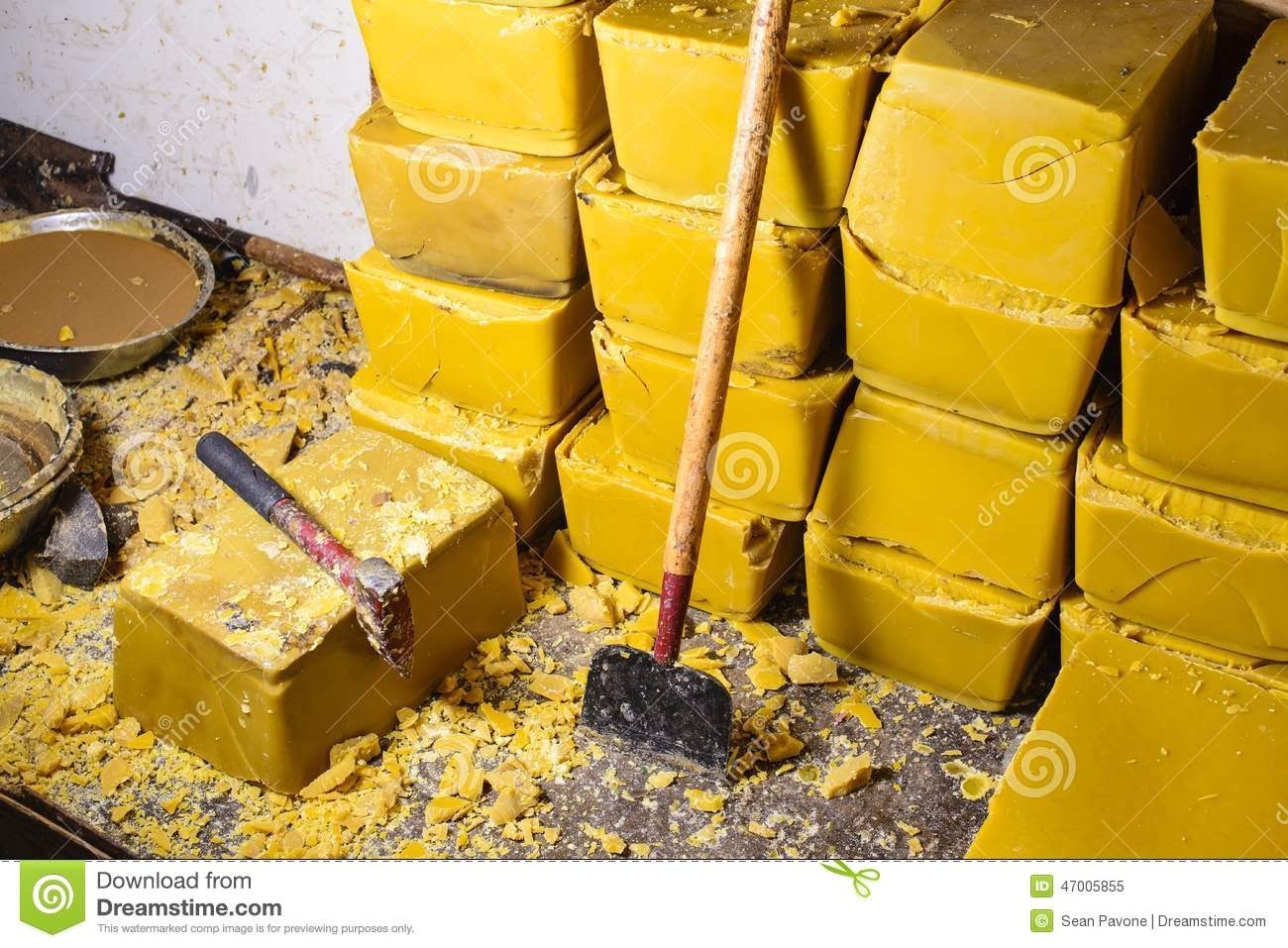The art of candle making has been around for centuries and continues to be a popular craft for both hobbyists and artisanal creators. One aspect of candle making that adds intrigue and creativity is the use of color to enhance the visual appeal of the finished product.
Many people wonder, “can you mix crayons in with wax for candle making?” This question has sparked a lot of interest and experimentation among candle makers looking to add vibrant color to their candles.
When it comes to candle making, the type of wax used plays a crucial role in determining the quality and performance of the final product. Different waxes have unique characteristics that impact factors such as burn time, scent throw, and overall appearance.
In addition to choosing the right wax, candle makers also have several options for adding color to their creations. One popular method is using crayons as they are easily accessible and come in a wide range of vibrant colors.
The use of crayons in candle making has become a topic of debate within the crafting community. While there are both pros and cons to incorporating crayons into wax for candle making, many enthusiasts enjoy experimenting with this technique to achieve unique and personalized results.
In this article, we will explore the possibility of mixing crayons with wax for candle making as well as provide tips for achieving the best results. Whether you are new to candle making or an experienced crafter looking to try something new, understanding how crayons can be used in this craft can open up a world of colorful possibilities for your creations.
The Role of Wax in Candle Making
Wax is a fundamental ingredient in the art of candle making. It serves as the main material that holds the shape of the candle and provides fuel for the flame. There are various types of wax used in candle making, including paraffin wax, soy wax, beeswax, and gel wax. Each type of wax has its unique properties and benefits, which can affect the quality and characteristics of the finished candles.
Types of Wax Used in Candle Making
Paraffin wax is one of the most commonly used waxes in candle making due to its affordability and accessibility. It is a byproduct of petroleum refining and is known for its excellent scent throw and ability to hold color well. On the other hand, soy wax is a natural alternative that is derived from soybean oil.
It is biodegradable, renewable, and environmentally friendly. Beeswax is another natural option that offers a subtle honey-like scent and a beautiful golden color. Lastly, gel wax is a clear and rubbery substance that can give candles a unique appearance.
The Importance of Choosing the Right Wax
The type of wax used in candle making can greatly influence the final product. Paraffin wax may be ideal for traditional pillar candles or container candles, while soy wax can be suitable for those who prefer natural, clean-burning candles. Beeswax offers a warm glow and pleasant aroma perfect for artisanal candles, while gel wax allows for creative designs with embedded objects. Understanding the characteristics of each type of wax is crucial in achieving the desired outcome when making candles.
The Use of Crayons in Candle Making
When it comes to using crayons in candle making, there are a few important things to keep in mind. Firstly, it is essential to note that not all crayons are suitable for use in candle making. Low-quality or cheaply made crayons may contain additives or chemicals that can affect the burning quality and scent of the candle. It is recommended to use non-toxic, high-quality crayons for the best results.
Before incorporating crayons into your candle wax, it is crucial to consider the proper methods for mixing them with the wax. While some crafters simply melt down crayons and mix them directly into the melted wax, others prefer to shave or grate the crayons into the hot wax for a more even distribution of color.
Additionally, blending different colored crayons can create new custom shades for your candles. Ultimately, careful consideration should be taken when using crayons in candle making to ensure that they will enhance the overall quality and appearance of your finished products.
- Choose non-toxic, high-quality crayons
- Mix melted or grated crayon into hot wax
- Experiment with blending different colored crayons
Can You Mix Crayons With Wax for Candle Making?
Candle making is a popular and creative hobby for many people. Whether you’re a beginner or an experienced candle maker, there are always new techniques to try and different ways to make your candles stand out. One common question that frequently comes up is whether it’s possible to mix crayons with wax for candle making.
The short answer is yes, you can mix crayons with wax for candle making. Crayons are made of paraffin wax, just like the wax used in candle making. This means that they can be easily melted down and mixed in with your regular candle wax to add color to your candles. However, there are some important things to keep in mind when using this technique.
One important consideration when mixing crayons with wax for candle making is the quality of the crayons you’re using. It’s best to use high-quality, non-toxic crayons that will not produce harmful fumes when burned. Additionally, it’s important to remember that adding crayons to your candle wax may affect the way the candles burn, so it’s crucial to test small batches first before making larger quantities.
| Aspect | Consideration |
|---|---|
| Crayon Quality | Use high-quality non-toxic crayons |
| Testing | Test small batches before making larger quantities |
Pros and Cons of Using Crayons in Candle Making
Using crayons to add color to homemade candles has become a popular choice for many crafters. However, there are both advantages and disadvantages to consider when using crayons in candle making.
One of the main advantages of using crayons in candle making is the wide range of colors available. Crayons come in various vibrant shades, allowing you to easily create colorful and visually appealing candles without having to purchase additional candle dyes. Additionally, crayons are inexpensive and readily available, making them a cost-effective option for adding color to your homemade candles.
On the other hand, there are some potential drawbacks to using crayons in candle making. One concern is that crayons may not blend well with wax, leading to uneven color distribution or clumps of wax and pigment in the finished candle. Additionally, some crafters have reported that using crayons can affect the burn quality of the candle, causing it to produce more soot or burn less efficiently.
Another disadvantage of using crayons in candle making is that they may not be as heat-resistant as specialized candle dyes. This could potentially lead to issues such as fading or discoloration over time, especially if the candles are exposed to high temperatures or direct sunlight.
Despite these potential drawbacks, many crafters have successfully used crayons to add color to their homemade candles by following specific tips and techniques. Understanding both the pros and cons can help you make an informed decision about whether using crayons in your candle making endeavors is the right choice for you.
Tips for Mixing Crayons With Wax for Candle Making
Melting the Wax and Crayons
When it comes to mixing crayons with wax for candle making, the first step is to melt both the wax and the crayons. You can do this by using a double boiler method or a microwave.
The key is to ensure that both the wax and crayons are completely melted and blended together before pouring them into your candle molds. Be cautious when melting crayons as they contain pigments that may settle at the bottom of the container if not stirred properly.
Adding Fragrance
Once the wax and crayons are melted together, you can also add fragrance oils to create scented candles. It’s important to choose a fragrance oil that is suitable for candles and follow the recommended usage rates properly. Some fragrance oils may affect the color or texture of your candle, so be sure to take this into consideration when selecting your scents.
Experimenting With Color Combinations
One of the advantages of using crayons in candle making is the ability to experiment with different color combinations. You can mix different shades of crayons to create unique and customized hues for your candles. Additionally, you can blend multiple colors of melted wax and crayons together before pouring them into your molds for a marbled effect. This allows for endless creativity in designing your candles.
Overall, mixing crayons with wax for candle making can be a fun and creative way to add color to your handmade candles while also allowing for experimentation with fragrances and color combinations. By following these tips, you can achieve beautifully colored and fragrant candles that are truly one-of-a-kind.
Alternative Ways to Add Color to Your Candles
Candles have been used for centuries as a source of light, warmth, and relaxation. In recent years, candle making has become a popular hobby for many people seeking to create their own unique candles at home. One important aspect of candle making is adding color to the wax, which can be done in various ways. This section will explore alternative methods for adding color to your candles without using crayons.
One common method for adding color to candles is by using dye chips or liquid candle dyes. Dye chips are small, colored wax pellets that are added to the melted wax to achieve the desired color. Liquid candle dyes are concentrated liquid pigments that are added in small amounts to the melted wax. Both options provide a wide range of colors and allow for precise control over the shade of the candle.
Another popular alternative for coloring candles is using natural materials such as herbs, spices, and flowers. For example, dried lavender buds can be added to the melted wax to create a beautiful purple hue, while ground cinnamon can produce a warm brown color.
Using natural materials not only adds color but also provides a subtle fragrance to the candles. It’s important to note that when using natural materials for coloring candles, it’s essential to strain them out before pouring the wax into the mold to prevent any solid particles from affecting the burning of the candle.
Adding color blocks or powders specifically made for candle making is another option available to crafters looking to add vibrant hues and creative designs in their handmade candles. These specially designed colorants come in various forms such as blocks, flakes, and powders and are specifically formulated not to affect the burning qualities of the candle.
| Alternative Methods | Description |
|---|---|
| Dye Chips/Liquid Candle Dyes | Small pellets or concentrated liquid pigments used in varying amounts with melted wax. |
| Natural Materials | Herbs, spices, flowers can be used after straining out any solid particles. |
| Color Blocks/Powders | Specifically formulated pigments created for safe use in candle-making. |
Conclusion and Final Thoughts
In conclusion, the art of candle making offers endless possibilities for creativity and experimentation. While wax is the traditional choice for creating candles, many individuals have found success in using crayons to add color to their homemade creations. The question of whether you can mix crayons with wax for candle making has been answered with a resounding yes, opening up a world of colorful possibilities for those looking to create unique and personalized candles.
Despite the pros and cons associated with using crayons in candle making, it’s clear that this method offers a convenient and cost-effective way to add vibrant color to your candles. It is important to note that while crayons are generally safe to use in candles, it is always best to conduct thorough research on the specific brand or type of crayon you plan to use, especially if you are considering selling your candles.
For those who are interested in exploring alternative methods for adding color to their candles, there are numerous options available including liquid dyes, natural colorants, and even embedding colorful elements within the wax itself. Ultimately, the decision on how to color your candles will depend on your personal preferences and desired aesthetic for your creations.
Whether you choose to use crayons or explore other methods, the most important thing is to embrace your creativity and enjoy the process of making beautiful and unique candles.
Frequently Asked Questions
Can You Add Crayons to Candles for Color?
Yes, crayons can be added to candles for color. Simply melt the wax and then add small pieces of crayon to the melted wax, stirring until the color is fully incorporated. Keep in mind that not all crayons are suitable for this, so it’s important to test a small amount first.
How Do You Add Color to Candle Wax?
There are several ways to add color to candle wax. One common method is to use specially made candle dyes which are specifically designed to mix well with the wax without affecting its burning properties. Another option is to use natural coloring agents like powdered pigments or even dried herbs and flowers.
What Can Be Mixed With Candle Wax?
Various substances can be mixed with candle wax to achieve different effects. For example, adding fragrance oils can give scented candles their aroma, while adding decorative elements like glitter or small beads can create visually appealing designs within the candle. Additionally, some additives can also be used to modify the texture or melting point of the wax itself.

Welcome to my candle making blog! In this blog, I will be sharing my tips and tricks for making candles. I will also be sharing some of my favorite recipes.

